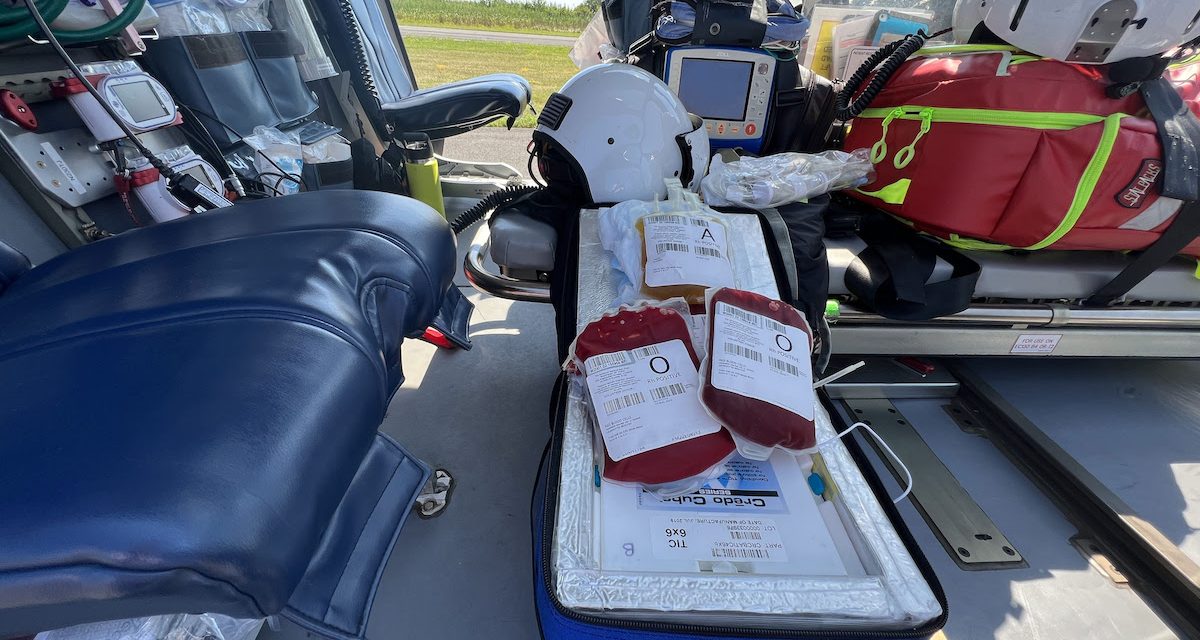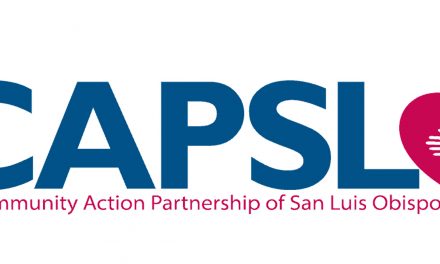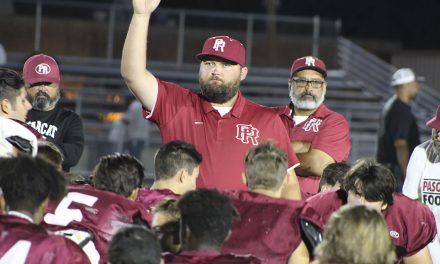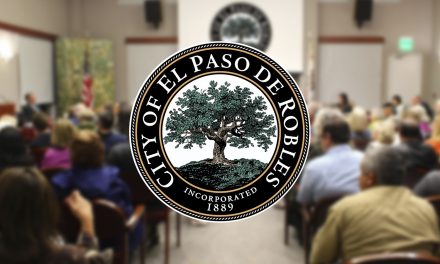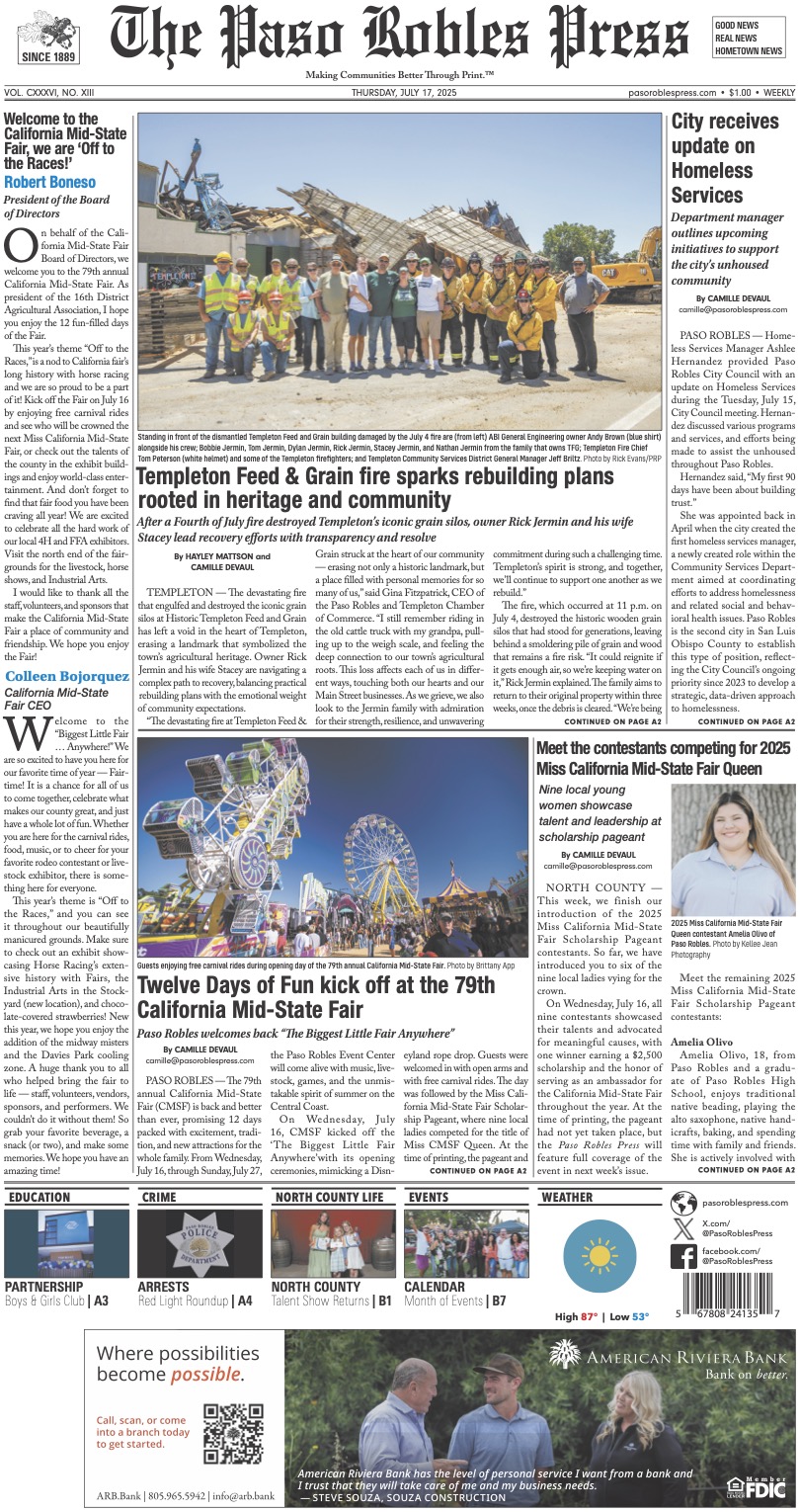Twenty-one air medical bases throughout California and Nevada included
CALIFORNIA — Mercy Air, a subsidiary of Air Methods, has announced that its emergency response aircraft are now carrying blood onboard every Mercy Air-staffed flight to serve the communities in the Mercy Air response area in California and Nevada. This capability will now make Mercy Air the only air medical provider in many of these communities with lifesaving blood on board every flight.
During a medical emergency, blood products save lives. This is especially true for patients in or at risk for hemorrhagic shock or have suffered significant trauma. Every day our nation’s Emergency Medical Service (EMS) providers rush to the aid of critically ill and injured people in our communities, and frequently, those efforts require the use of pre-hospital blood products.
“Our heroic air medical teams are often faced with the emergency transport of a critically injured trauma patient,” said Mercy Air Area Manager Bill Hinton. “Clinical research has shown that providing blood products in the field improves the likelihood of survival for these patients. It is vital for every person in the communities we serve in California and Nevada that we have blood on board our emergency medical aircraft.”
Carrying blood and plasma has been a top priority for Air Methods because it is often needed for patients with traumatic injuries. However, in some areas, this has not always a feasible option given that those resources are often limited due to smaller populations and fewer blood banks. Thanks to improved relationships and partnerships with the American Red Cross and the Central California Blood Bank, Air Methods is now able to carry blood products on more missions than ever before.
“We know that trauma patients need advanced medical care rapidly,” said Mercy Air Clinical Director Thomas Crain. “Steps that can be taken en route to stabilize and improve their likelihood for survival should be administered. Supplying the patient with lifesaving blood products is a terrific example of EMS and healthcare working together to save lives.”

